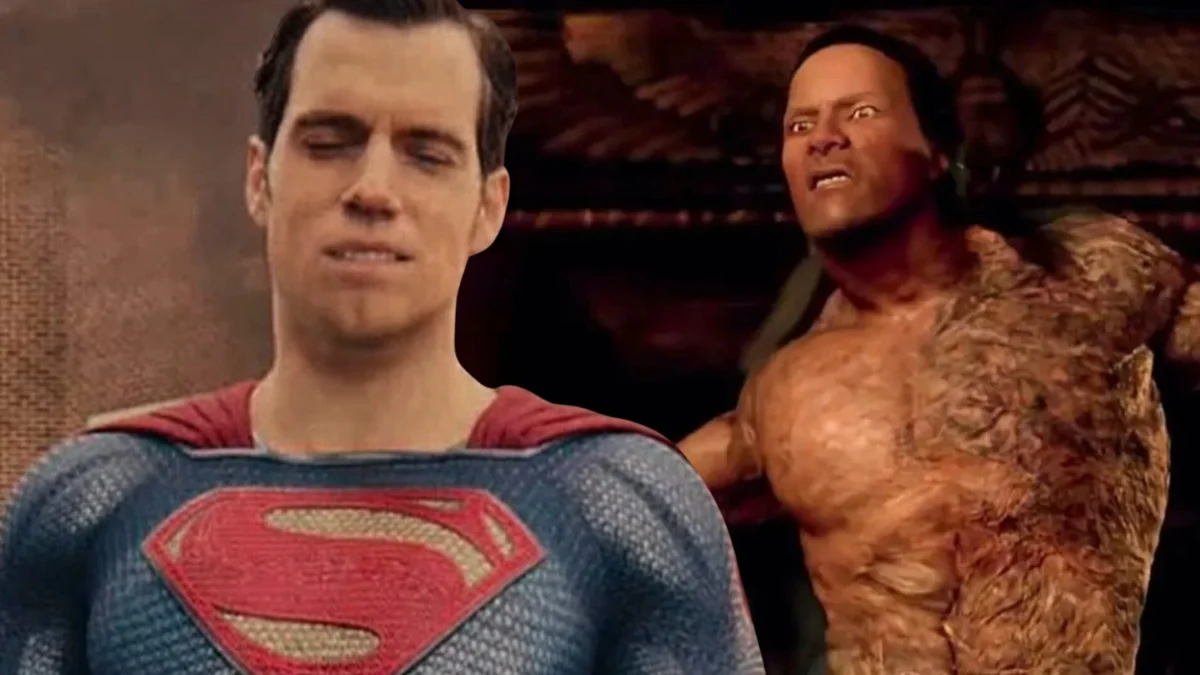
Even big-budget blockbusters with talented casts sometimes have a few visual effects shots that audiences just can’t overlook. Tight deadlines, shifting creative visions, challenging action sequences, and fast-changing technology all contribute to how these effects-filled scenes turn out – and sometimes, they don’t quite succeed. Here are five examples of hugely successful movies that are still remembered, at least partially, for a single, infamous CGI issue that fans and filmmakers continue to discuss.
‘The Mummy Returns’ (2001)

The final battle in ‘The Mummy Returns’ featured the Scorpion King, a creature that was entirely computer-generated using Dwayne Johnson as a model. Visual effects supervisor John Berton Jr. noted that creating this character was challenging because the team had limited resources and a tight deadline, and they were working with the technology available in the early 2000s. Over time, the filmmakers and actors have admitted the effect wasn’t as good as they’d hoped, and it’s now often used as an example of how time constraints and technological limitations can impact visual effects, even on a large-scale project.
‘Justice League’ (2017)
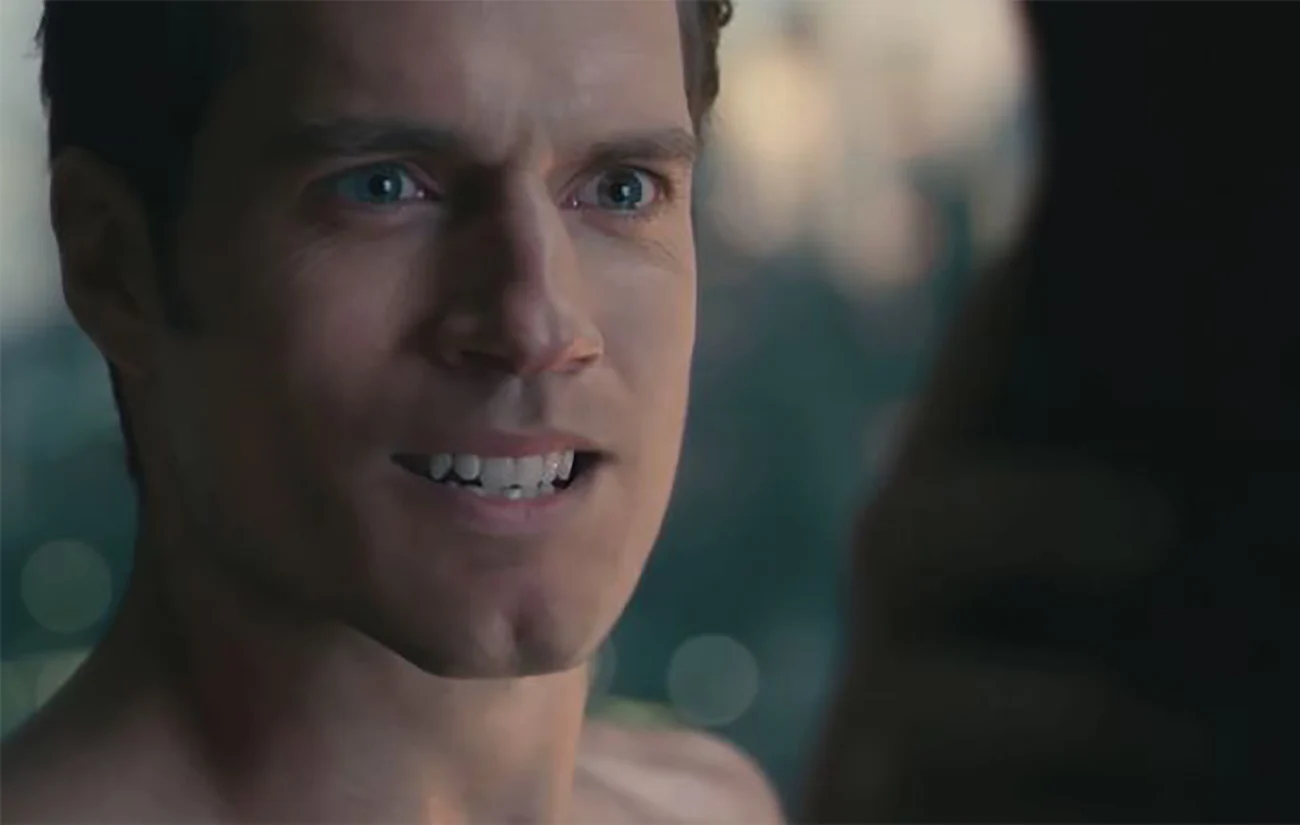
A major visual effects problem in ‘Justice League’ stemmed from Henry Cavill’s mustache. He was filming ‘Mission: Impossible – Fallout’ and his contract required him to keep his facial hair, but ‘Justice League’ needed him clean-shaven. Paramount wouldn’t allow him to shave, so Warner Bros. had to digitally remove the mustache in every shot using VFX. This involved painstakingly tracking his mouth movements frame by frame, digitally rebuilding his upper lip and teeth, and then seamlessly integrating the new digital mouth over his original performance. These reshoots, part of a much larger and expensive process costing tens of millions of dollars, have become a well-known example of how production issues can create significant challenges for VFX artists.
‘Black Panther’ (2018)

The final battle between T’Challa and Killmonger in ‘Black Panther,’ set in the vibranium mine, was a standout scene for both viewers and the filmmakers. Several visual effects companies worked on the film, and one supervisor revealed that this climactic fight was rushed compared to earlier parts of the movie. It involved entirely computer-generated suits, dynamic camera movements, and a detailed underground setting. Coordinating the energy effects on the suits, digital stand-ins for the actors, and the simulated trains was especially challenging because the scenes were still being edited. Members of the VFX team have since admitted the finale wasn’t as polished as other parts of the film, citing a lack of time and resources. Despite this, ‘Black Panther’ still won awards for its overall visual quality and design.
‘Die Another Day’ (2002)
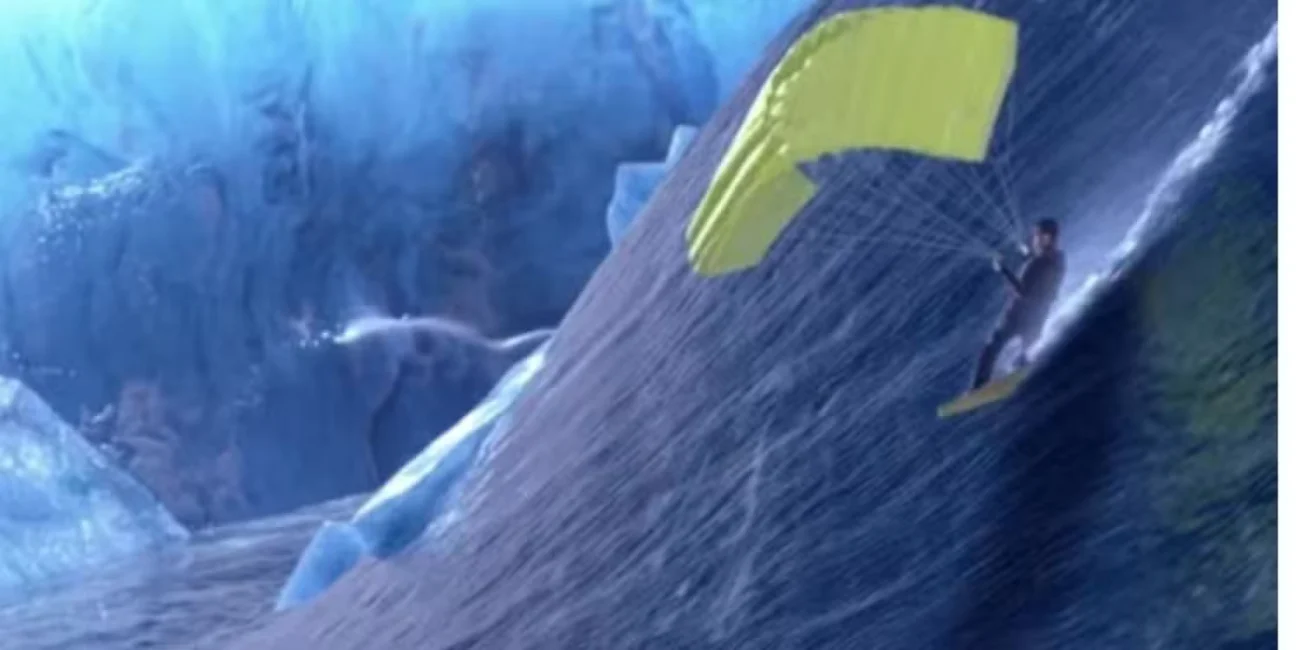
A memorable scene in ‘Die Another Day’ shows James Bond escaping a collapsing ice cliff by surfing a massive wave created by a space weapon. This sequence relied heavily on computer-generated imagery (CGI) instead of the practical stunts that were a hallmark of previous Bond films. A digital double was used for Pierce Brosnan, and the wave, glacier, and surrounding debris were largely created on computers. Director Lee Tamahori later admitted he wished the scene had been done differently, preferring a mix of practical effects and CGI. Many analyses of the Bond series point to this scene as an example of how early 2000s visual effects trends impacted a franchise known for its real-world action, despite the film’s commercial success.
‘The Twilight Saga: Breaking Dawn – Part 2’ (2012)

Creating Renesmee Cullen in ‘The Twilight Saga: Breaking Dawn – Part 2’ was a major visual effects challenge because the character grows so quickly and is unusually perfect. The filmmakers first tried using a lifelike puppet nicknamed “Chuckesmee,” but it creeped everyone out. They ended up combining footage of real babies and children with digital enhancements to create Renesmee. The visual effects team used computer-generated imagery to make the character appear to age rapidly while still looking consistent. Although the resulting digital baby was described as unsettling by many viewers and became a popular subject for online jokes, the film still became the most successful movie in the entire ‘Twilight’ series.
‘Indiana Jones and the Kingdom of the Crystal Skull’ (2008)
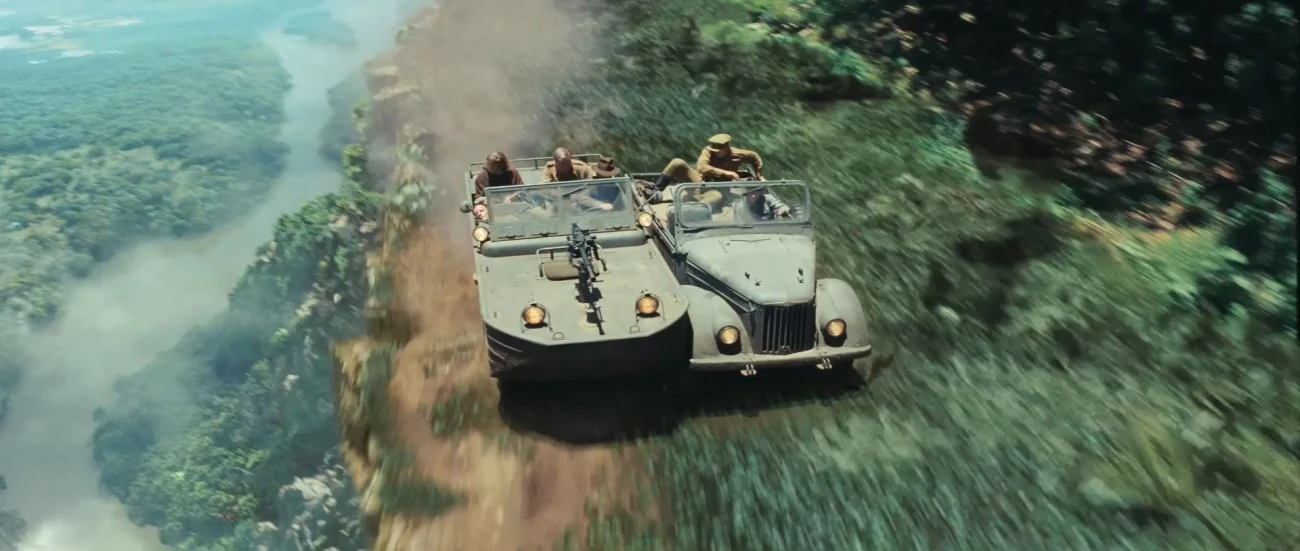
The jungle chase in ‘Indiana Jones and the Kingdom of the Crystal Skull’ is famous for its visual effects. It shows Indiana Jones and Mutt speeding through the jungle in vehicles, with Mutt swinging alongside digital monkeys. The scene combined real stunt driving with completely computer-generated backgrounds and animals, relying heavily on greenscreen technology. Creating the scene was difficult because artists had to convincingly blend fast-moving vehicles, realistic plant life, and character animation. This sequence is often pointed to as a turning point for the franchise, showing a move away from the practical stunts of earlier films towards more digital effects, which lacked the same hands-on feel.
‘X-Men Origins: Wolverine’ (2009)

The digital claws used in close-up shots in ‘X-Men Origins: Wolverine’ became a noticeable element for audiences and visual effects experts. Unlike previous films that primarily used physical claws, this movie relied heavily on computer-generated claws, especially when Wolverine was looking at or using them. Creating these digital claws required artists to carefully track Hugh Jackman’s hand movements and make the metal look realistic with accurate reflections and lighting. It also meant ensuring the claws interacted convincingly with everything around him. However, combining physical props with digital effects proved difficult, and the movie’s CG claws are often cited as an example of visual effects that didn’t quite blend perfectly with the live-action footage.
‘I Am Legend’ (2007)
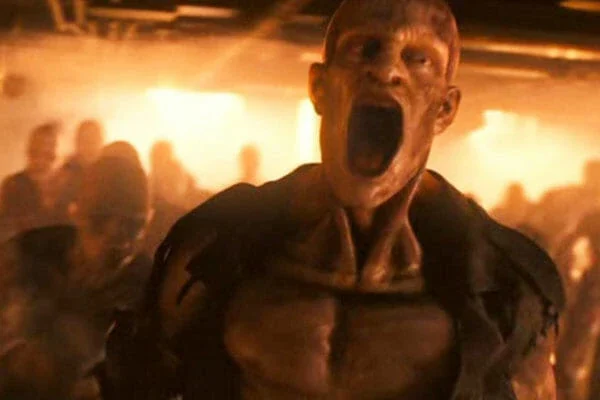
‘I Am Legend’ was notable for its depiction of the infected creatures, known as Darkseekers, which were brought to life using motion capture and computer-generated imagery (CGI). The filmmakers initially tried using traditional makeup and prosthetics, but switched to fully digital creatures to allow for more dramatic, unnatural movements and extremely thin body types. Performers’ movements were recorded on set and then used to create digital models of the infected, with their appearance and animation adjusted to make them appear truly inhuman. The film’s creature effects are often discussed as an example of the choices filmmakers face when deciding between practical effects and CGI, particularly when aiming for realism while still needing their villains to have extraordinary physical abilities.
‘The Matrix Reloaded’ (2003)
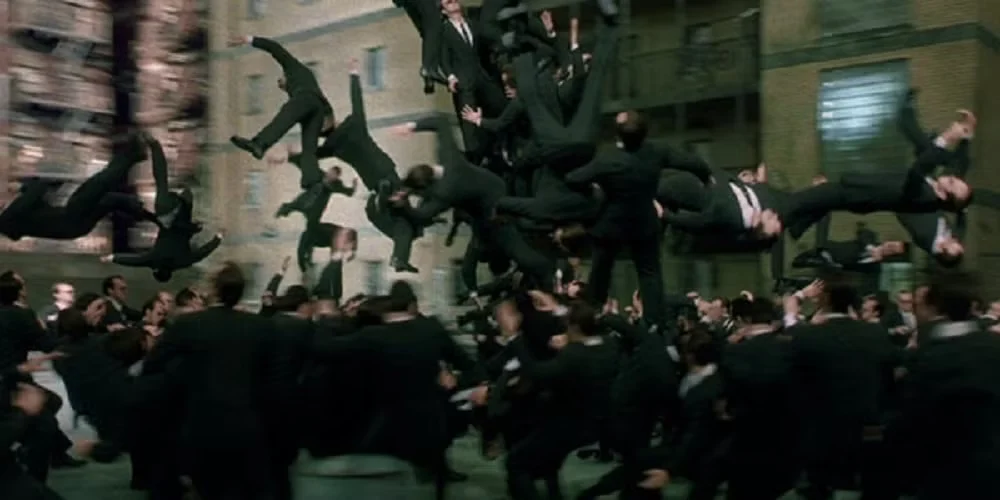
The fight scene in ‘The Matrix Reloaded’ where Neo battles many Agent Smiths – often called the “Burly Brawl” – was a groundbreaking step forward in using digital doubles. The filmmakers created virtual versions of Keanu Reeves and Hugo Weaving using advanced techniques like photogrammetry and motion capture. This allowed for complex fight choreography and camera movements that would have been nearly impossible to film with real people. As the fight progresses, the scene increasingly relies on entirely computer-generated characters and settings, especially during long, elaborate shots with dramatic physics. Today, visual effects experts often study this sequence as an important early example of a fully CG hero in a big-budget action movie, highlighting both what was possible and the challenges of the technology at that time.
‘The Hobbit: An Unexpected Journey’ (2012)
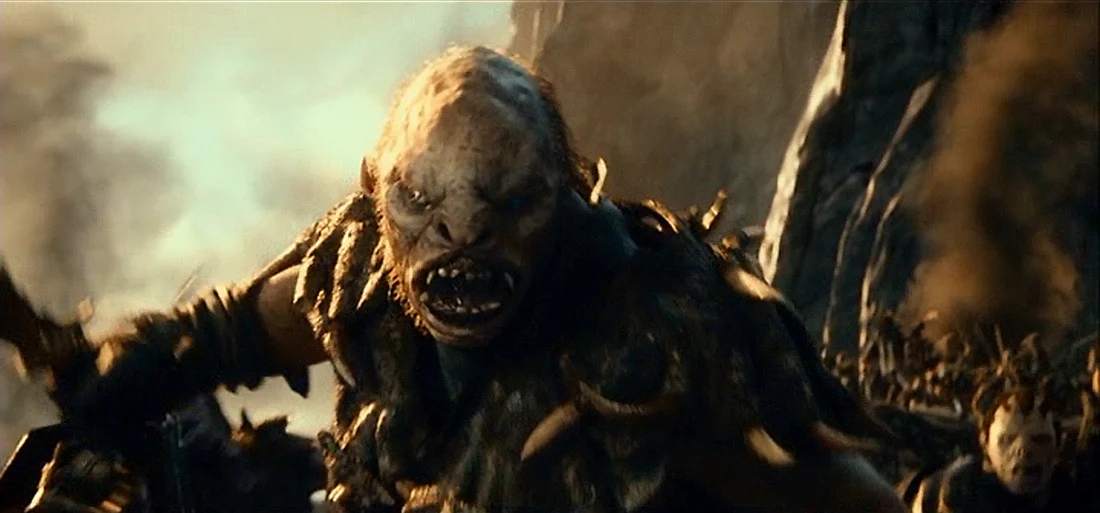
‘The Hobbit: An Unexpected Journey’ relied heavily on computer-generated imagery (CGI) for its orcs and big action sequences, a change from the ‘Lord of the Rings’ films which used more practical effects like prosthetics and makeup. Characters like Azog the Defiler were created digitally instead of with costumes and makeup on an actor. This allowed filmmakers to make changes to the characters and scenes even after filming, but it also meant that many scenes, like battles and chases, depended on seamlessly blending the CGI characters with the real-life sets. Reports from the production and interviews with the filmmakers often discussed the tight deadlines and creative choices involved in creating these digital creatures, highlighting the balance between practical and computer-generated effects in the trilogy.
If you’re still cringing about a bad CGI scene from a popular movie or show, tell us about it in the comments!
Read More
- Deepfake Drama Alert: Crypto’s New Nemesis Is Your AI Twin! 🧠💸
- Can the Stock Market Defy Logic and Achieve a Third Consecutive 20% Gain?
- Dogecoin’s Big Yawn: Musk’s X Money Launch Leaves Market Unimpressed 🐕💸
- Bitcoin’s Ballet: Will the Bull Pirouette or Stumble? 💃🐂
- SentinelOne’s Sisyphean Siege: A Study in Cybersecurity Hubris
- LINK’s Tumble: A Tale of Woe, Wraiths, and Wrapped Assets 🌉💸
- Binance’s $5M Bounty: Snitch or Be Scammed! 😈💰
- ‘Wake Up Dead Man: A Knives Out Mystery’ Is on Top of Netflix’s Most-Watched Movies of the Week List
- Yearn Finance’s Fourth DeFi Disaster: When Will the Drama End? 💥
- Silver Rate Forecast
2025-11-10 00:15